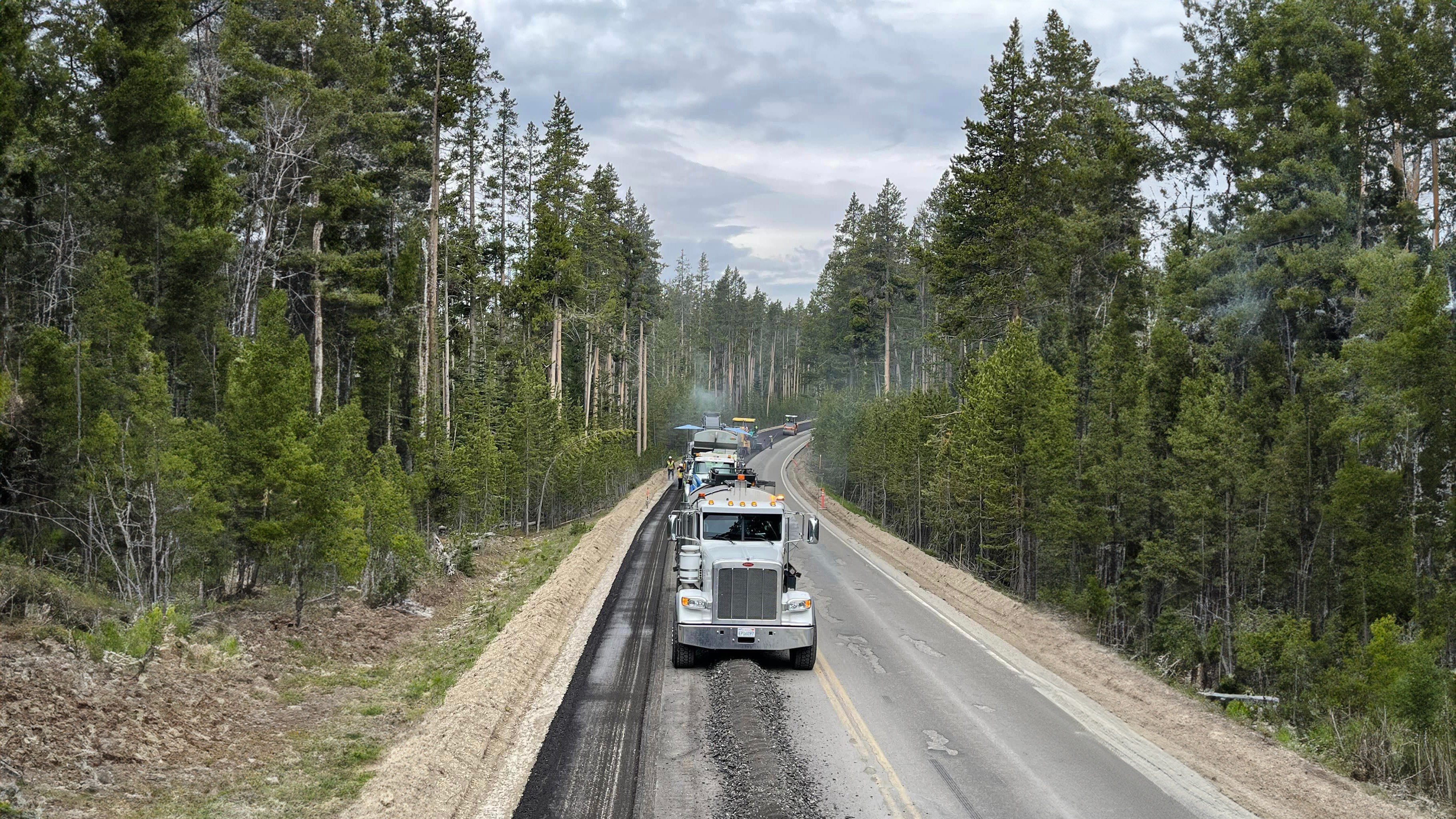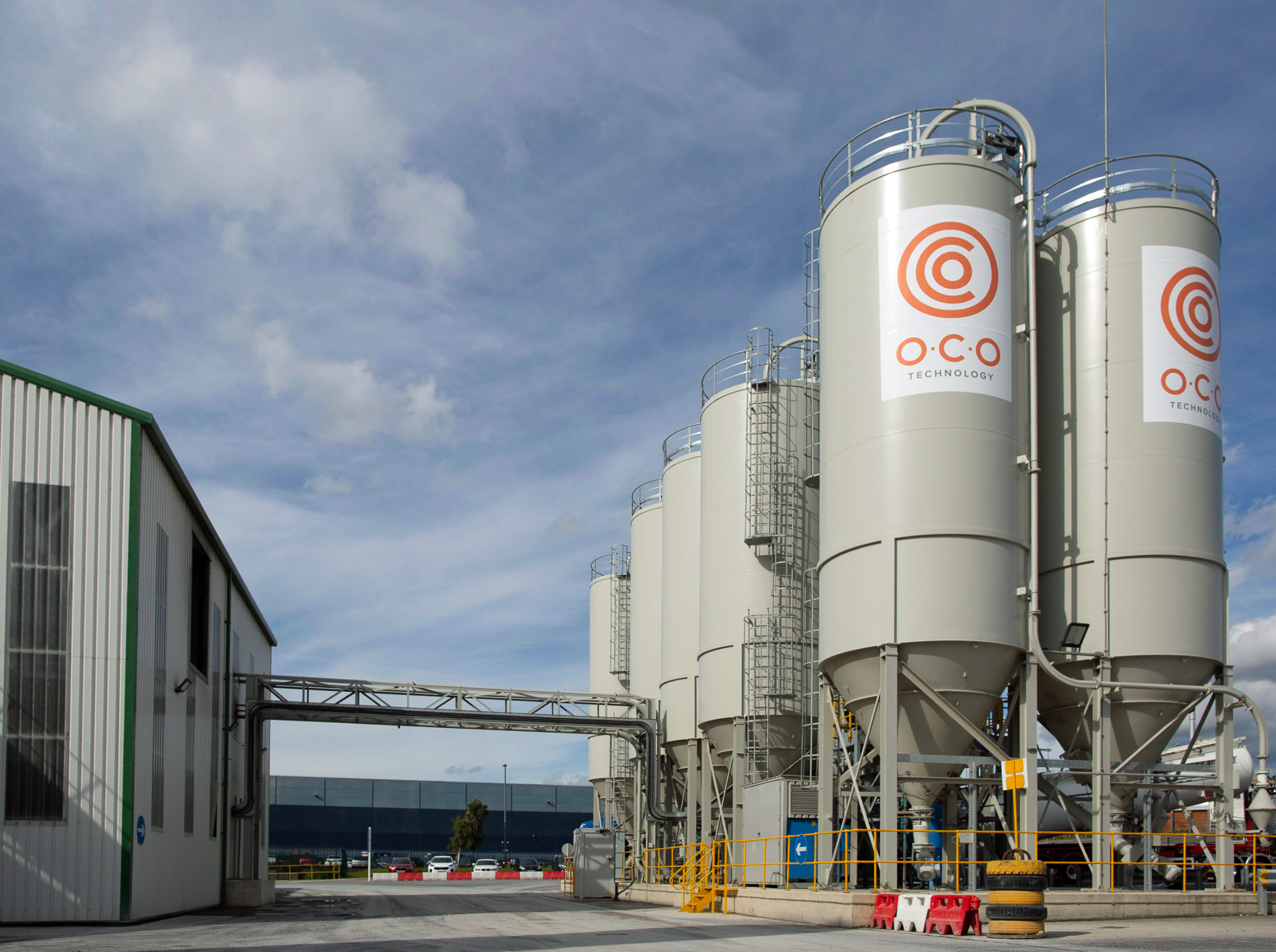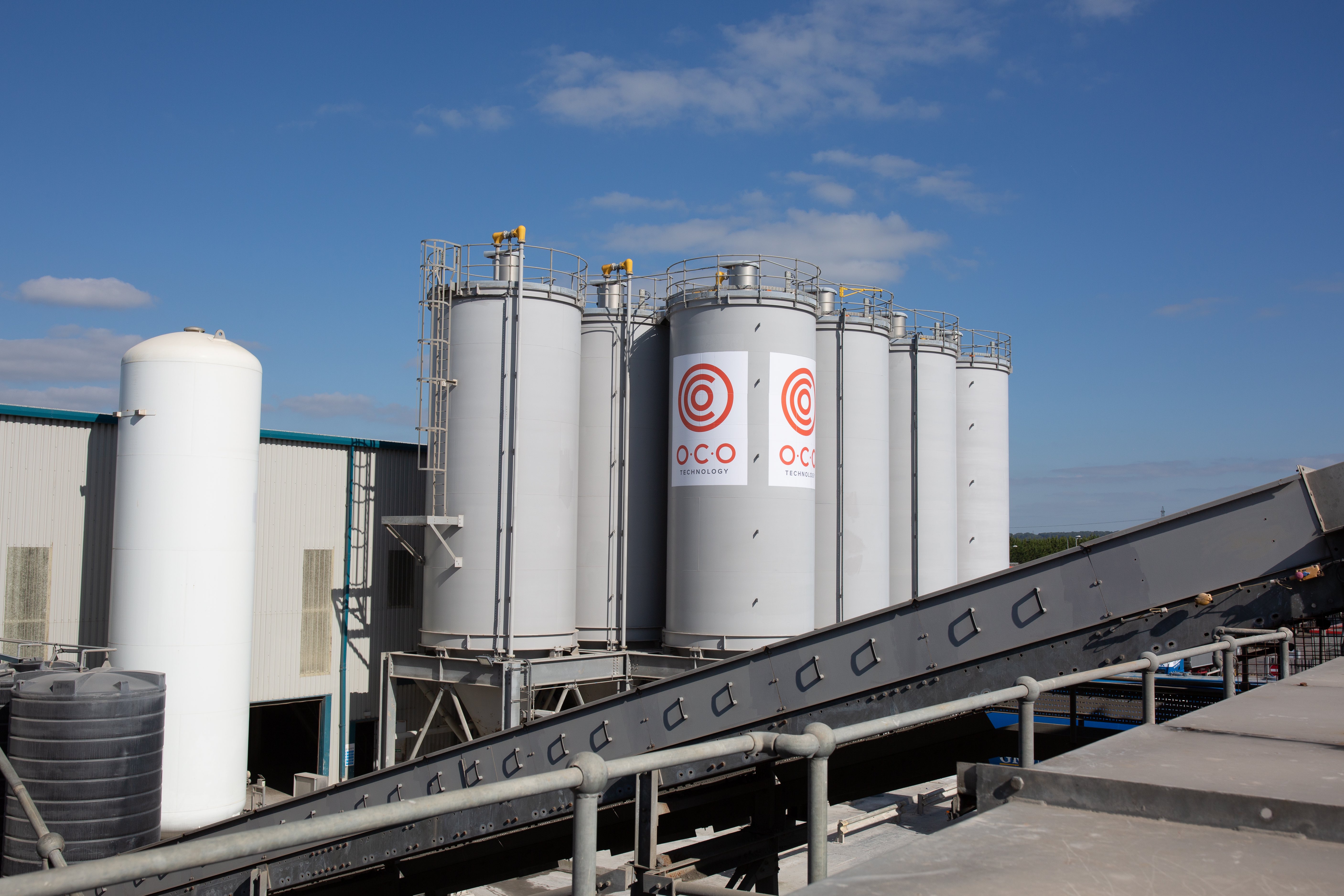Roadway Recycling Industrial Process Emissions
Roadway Recycling
Industrial Processes
プロジェクト概要
Global Emissionairy is committed to pioneering sustainable solutions for a greener future. Their mission is to revolutionize the road construction industry by reducing carbon emissions through the substitution of carbon-intensive materials with eco-friendly alternatives. Through innovation and collaboration, they strive to mitigate environmental impact, promote carbon neutrality, and inspire global change towards a cleaner, more sustainable planet.
Roadway construction is one of the most emission-intensive activities on the planet. Global Emissionairy’s VM0039 methodology works to reduce the carbon footprint of the paving industry.
For US Project #1 California, Global Emissionairy partnered with PRS contracting to recycle the pavement in California with cold in-place recycling (CIR), cold central plant recycling (CCPR), and full depth reclamation (FDR) using reclaimed aggregate pavement (RAP), asphalt emulsions, and foam stabilized asphalt base (FSAB or FSB). Global Emissionairy quantifies carbon emission reductions in a cradle-to-installation life cycle analysis (LCA) using its Verra-approved methodology (VM0039).
Global Emissionary’s Verra Approved VM0039 methodology credits sustainable roadway construction with these key environmental factors in mind:Reduced energy consumption: Eliminate the need for extensive heating of materials, as required in traditional hot mix asphalt methods. This significantly reduces energy consumption and associated greenhouse gas emissions.Preservation of natural resources: Reusing existing pavement materials reduces the demand for new aggregate and asphalt, thus preserving natural resources.Minimization of waste: Recycling existing pavement materials on-site minimizes the need for disposal in landfills and reduces the environmental impact of waste management.Lower carbon footprint: Due to reduced energy consumption, preservation of natural resources, and minimized waste generation, recycling existing pavement results in a lower overall carbon footprint compared to conventional road construction methods.




